
The Spirit of Christmas
¥8.01
The Spirit of Christmas

The Miller's Daughter
¥8.01
The Miller's Daughter
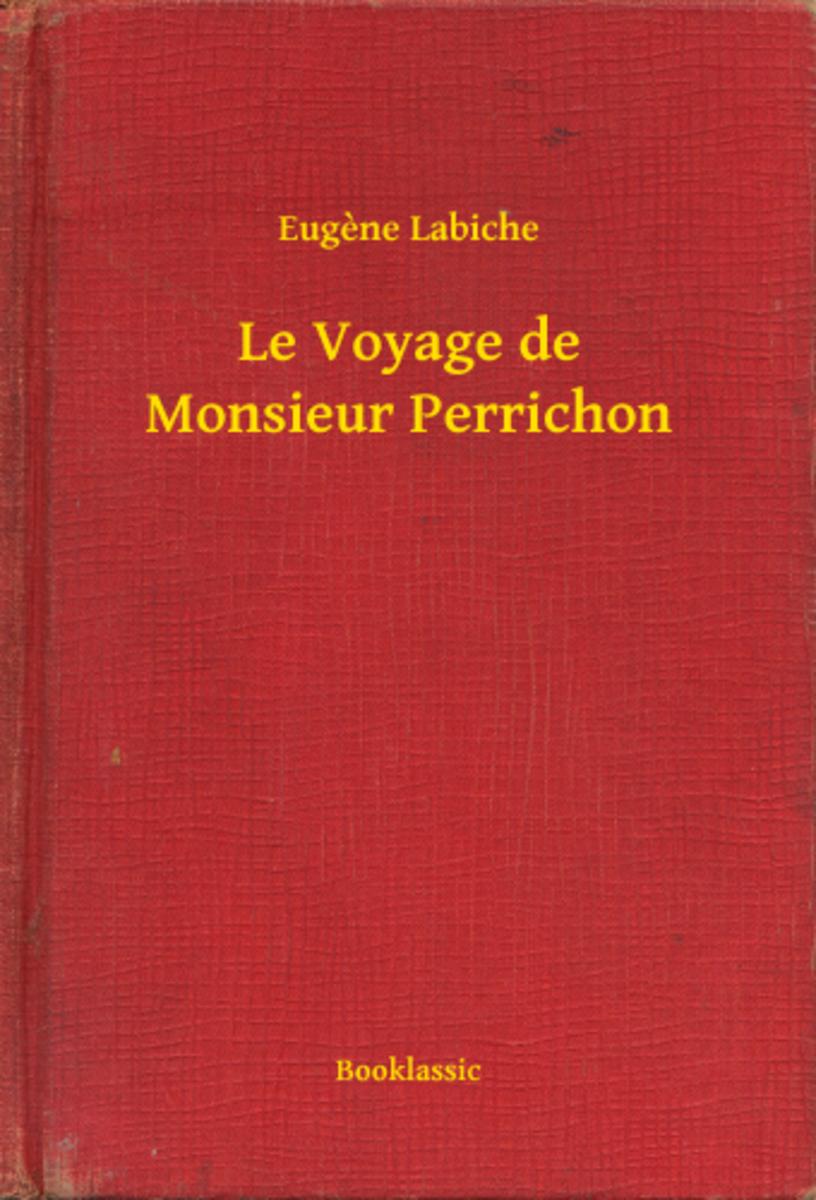
Le Voyage de Monsieur Perrichon
¥8.01
Le Voyage de Monsieur Perrichon
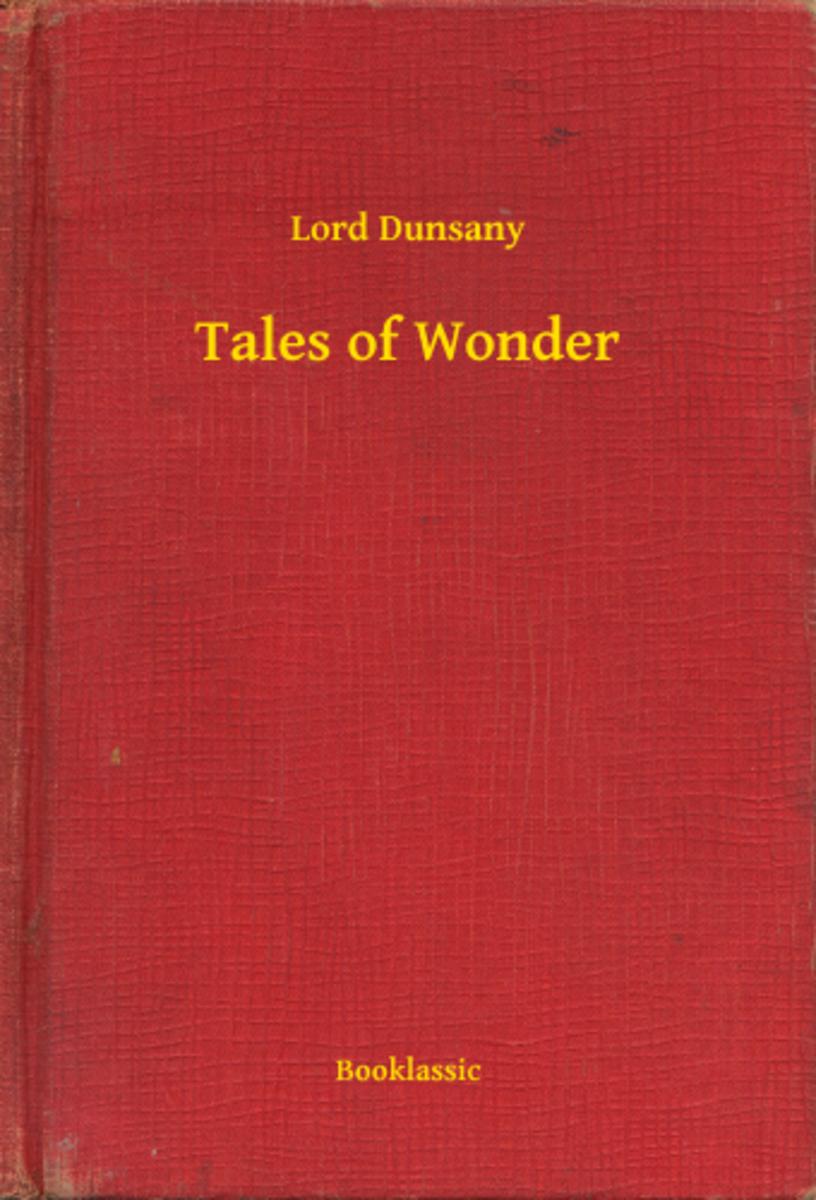
Tales of Wonder
¥8.01
Tales of Wonder
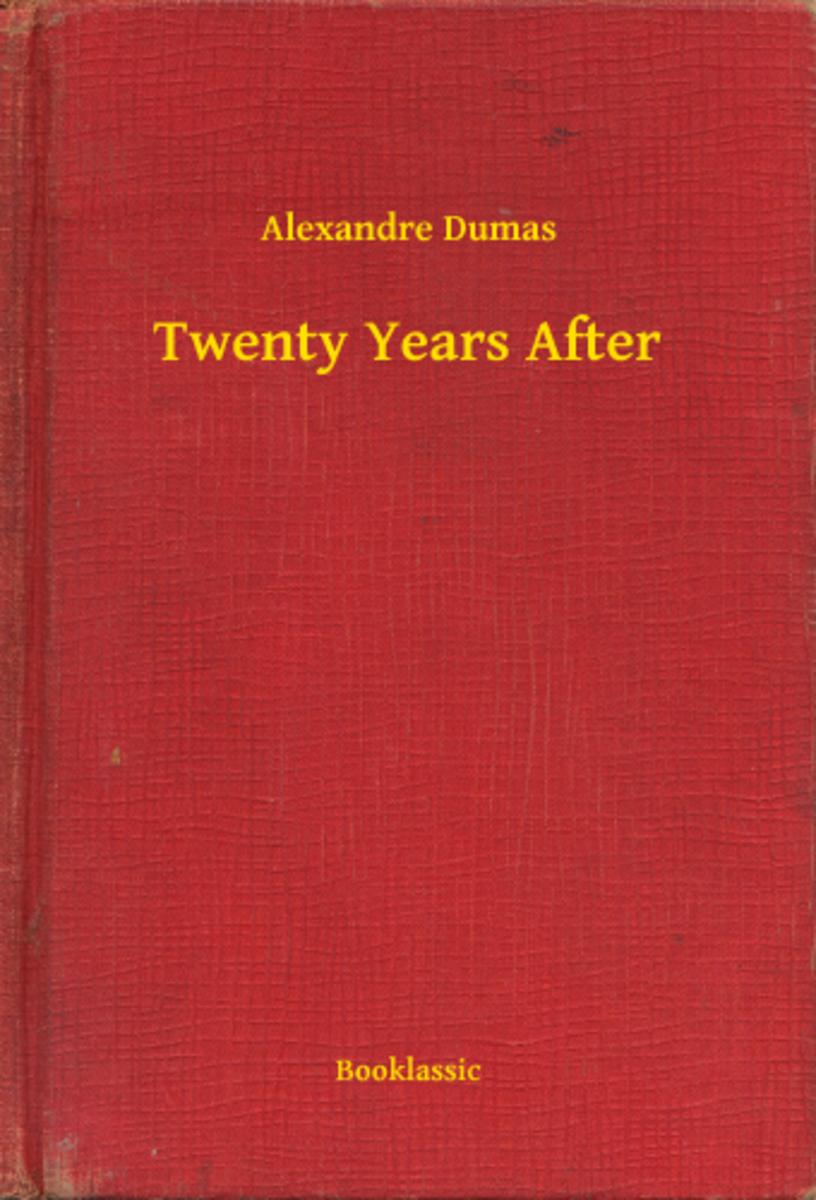
Twenty Years After
¥8.01
Twenty Years After
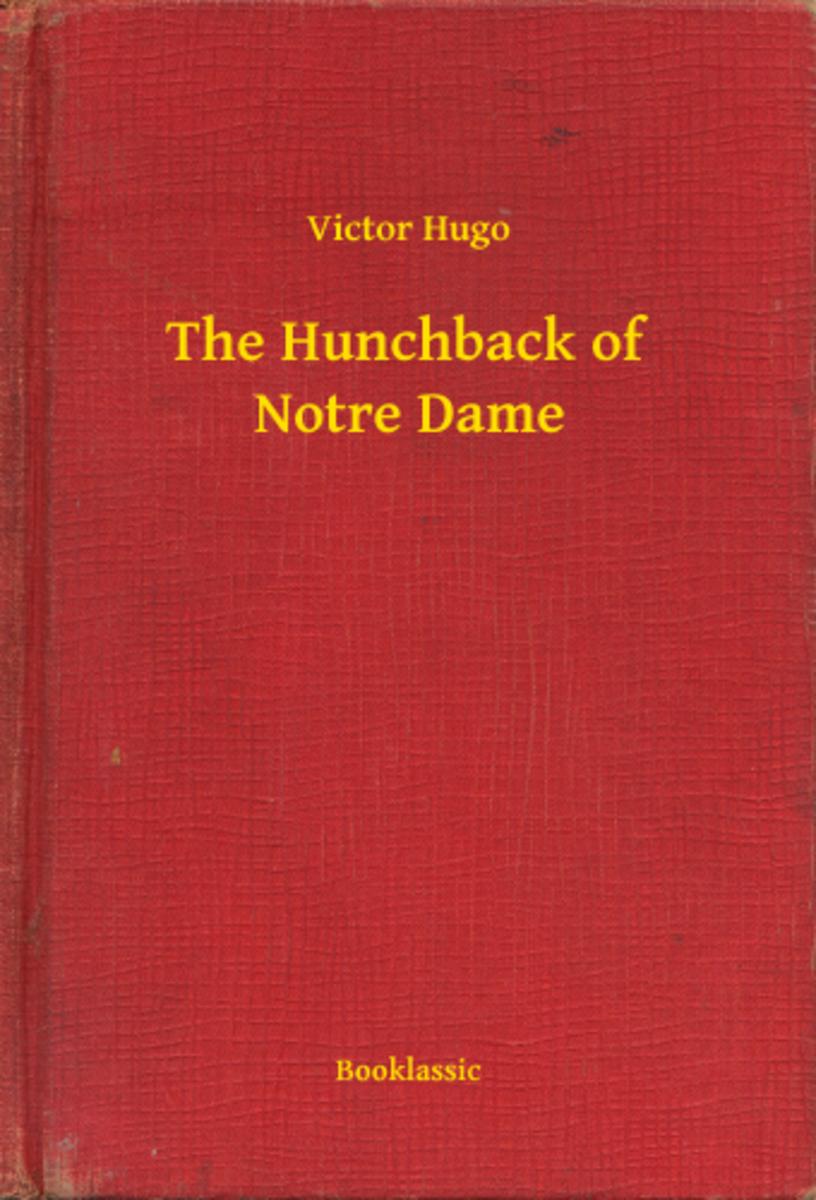
The Hunchback of Notre Dame
¥8.01
The Hunchback of Notre Dame
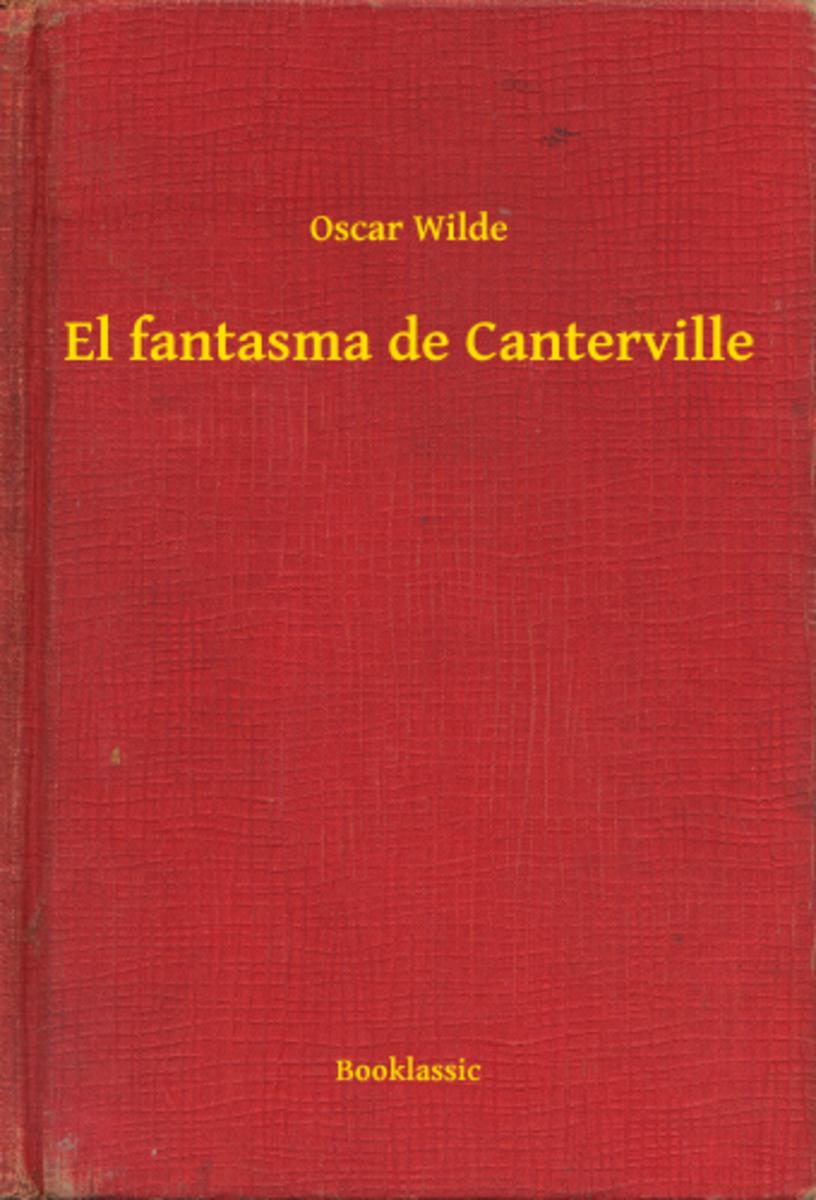
El fantasma de Canterville
¥8.01
El fantasma de Canterville
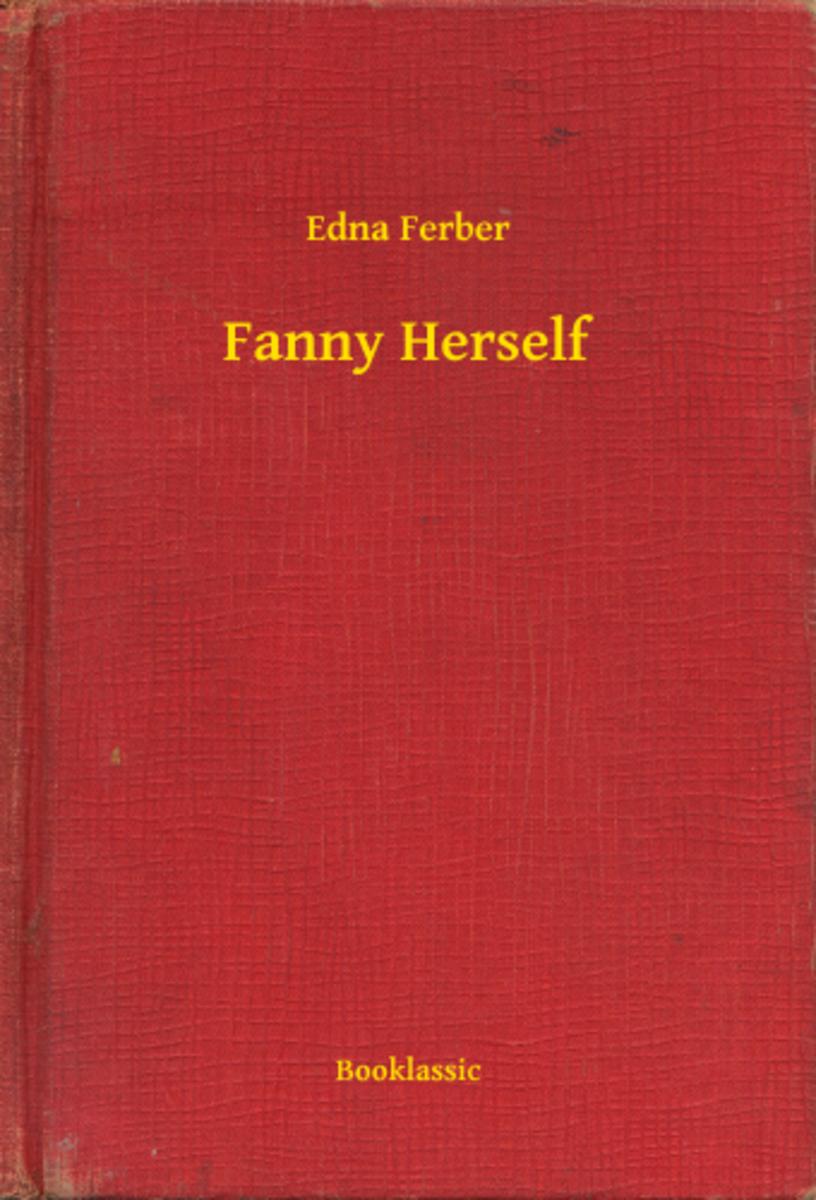
Fanny Herself
¥8.01
Fanny Herself
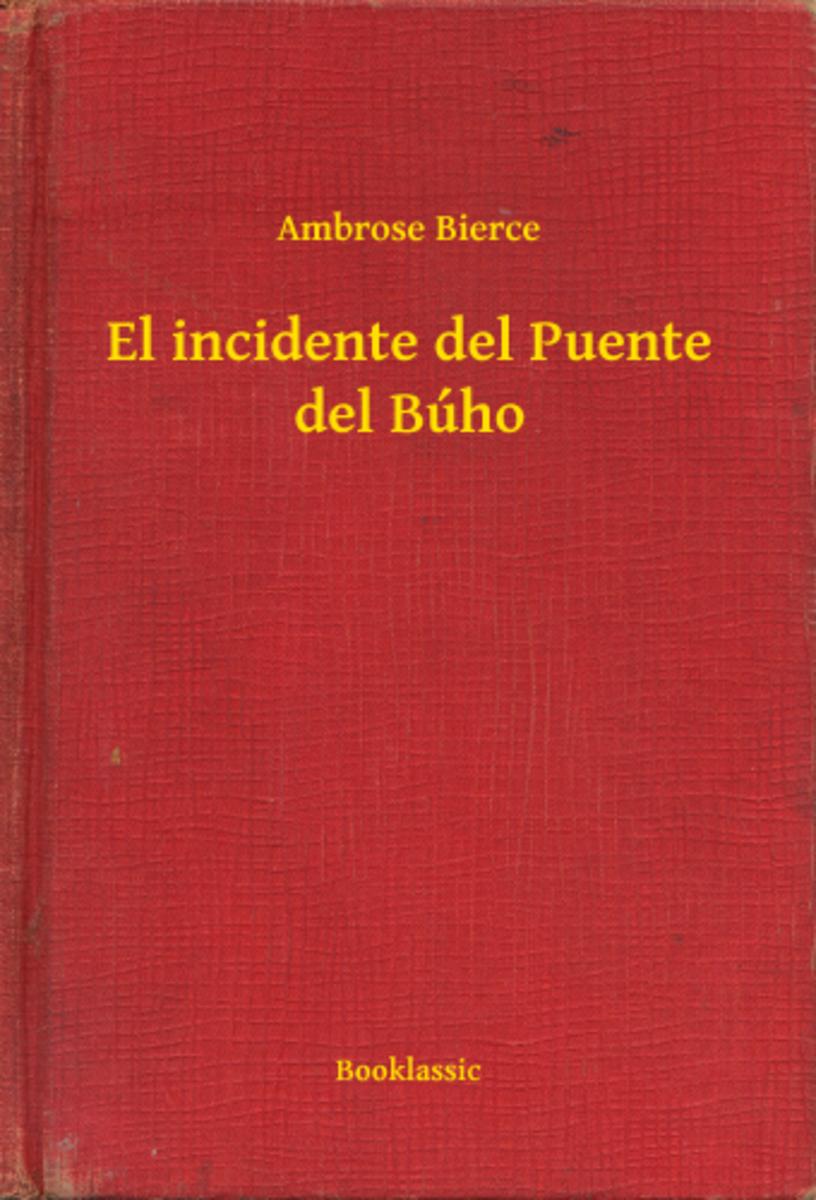
El incidente del Puente del Búho
¥8.01
El incidente del Puente del Búho
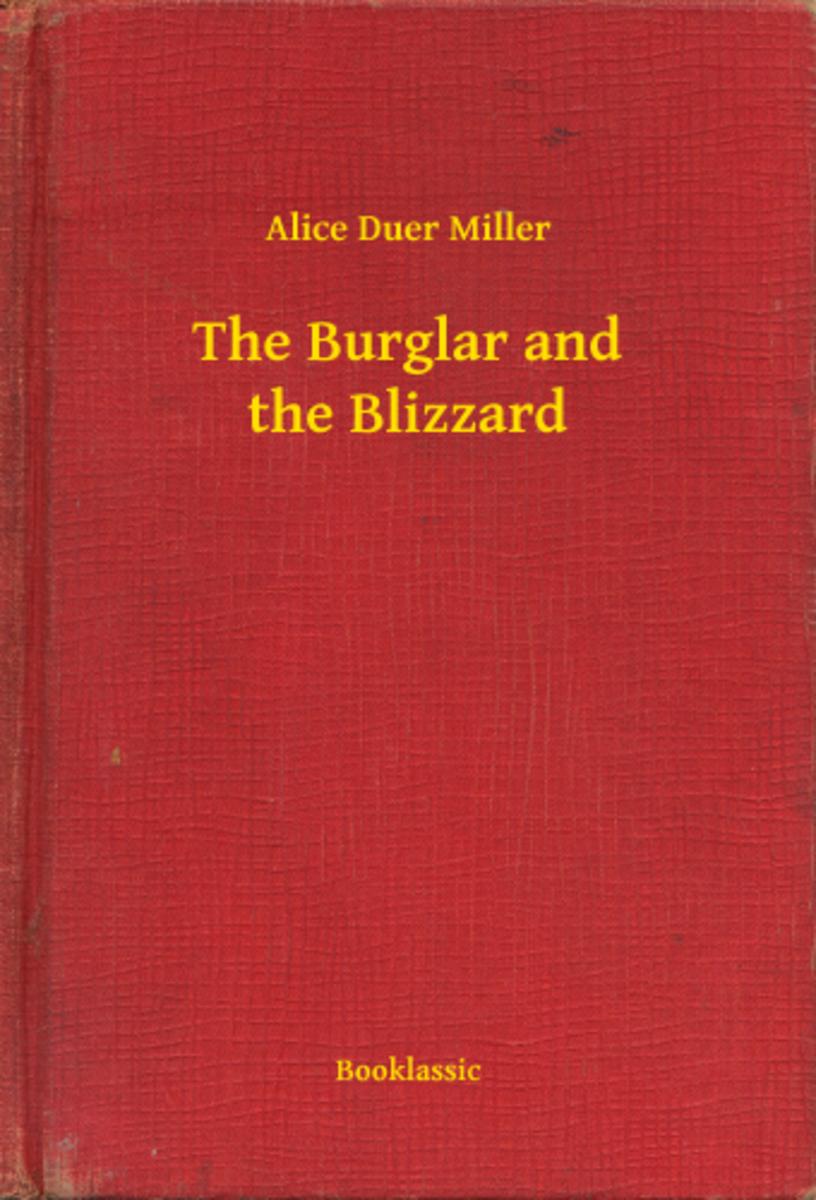
The Burglar and the Blizzard
¥7.93
The Burglar and the Blizzard
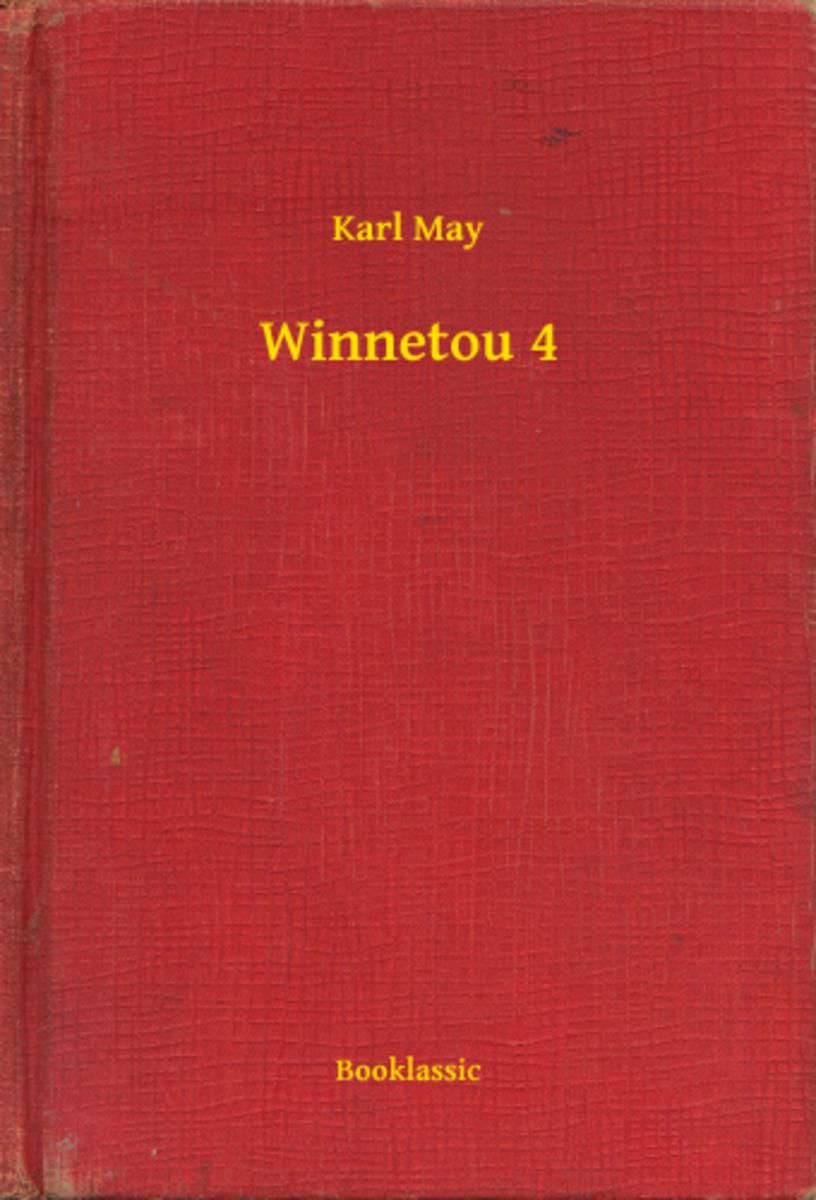
Winnetou 4
¥8.01
Winnetou 4

Tales of Three Hemispheres
¥8.01
Tales of Three Hemispheres
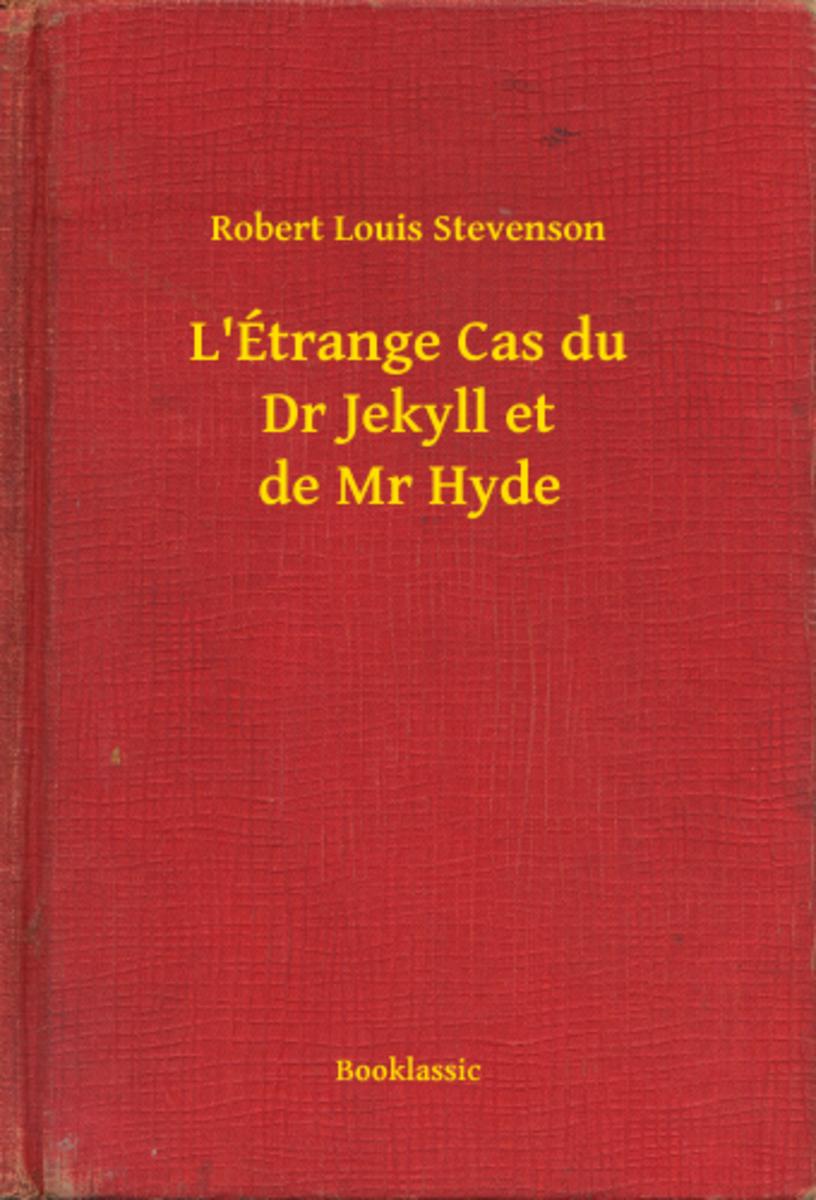
L'?trange Cas du Dr Jekyll et de Mr Hyde
¥8.01
L'?trange Cas du Dr Jekyll et de Mr Hyde
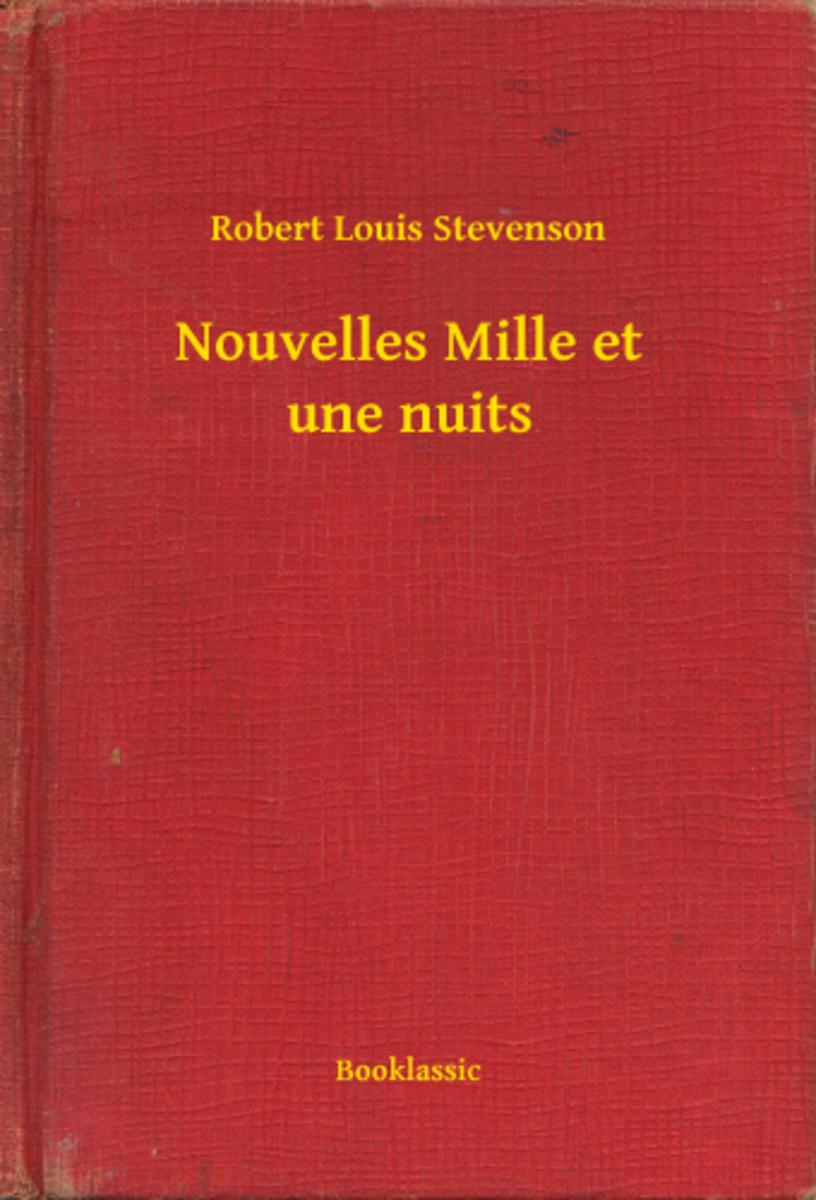
Nouvelles Mille et une nuits
¥8.01
Nouvelles Mille et une nuits
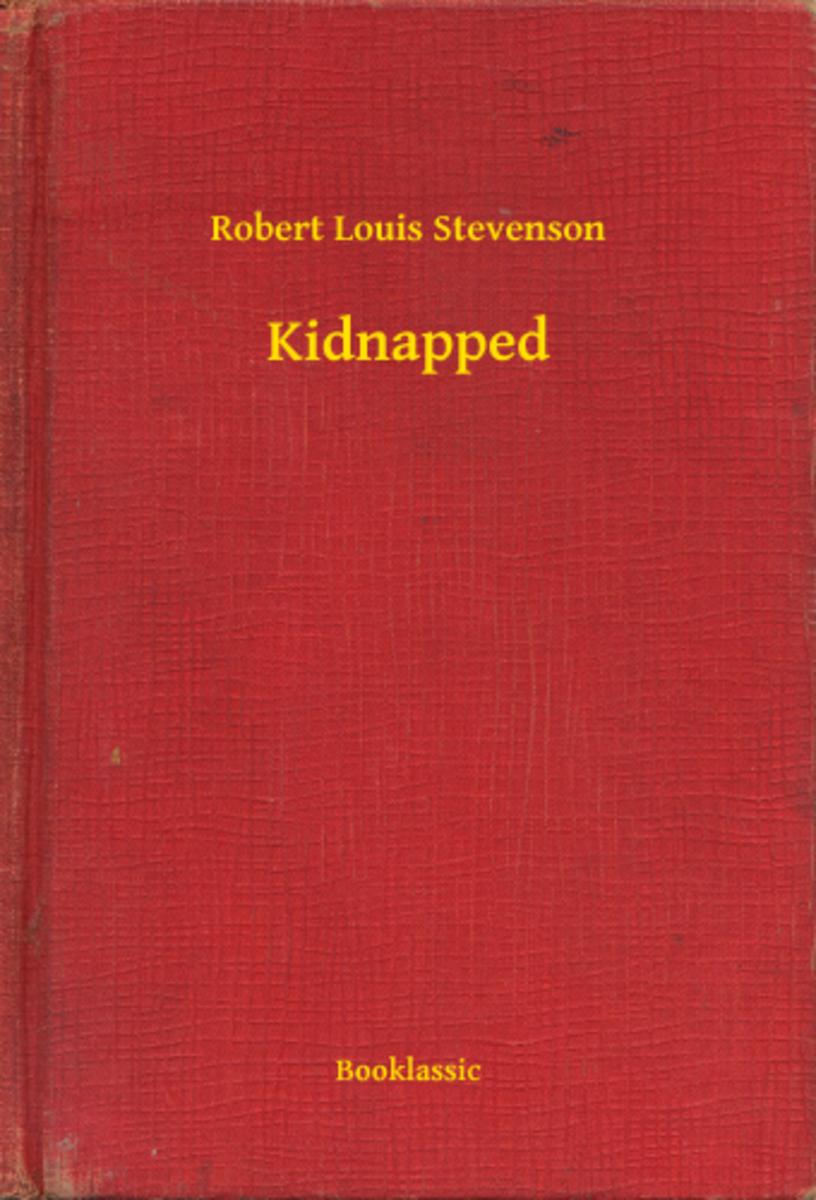
Kidnapped
¥8.01
Kidnapped

Fifty-One Tales
¥8.01
Fifty-One Tales

Six Little Bunkers at Grandpa Ford's
¥8.01
Six Little Bunkers at Grandpa Ford's

The Night Horseman
¥7.93
The Night Horseman
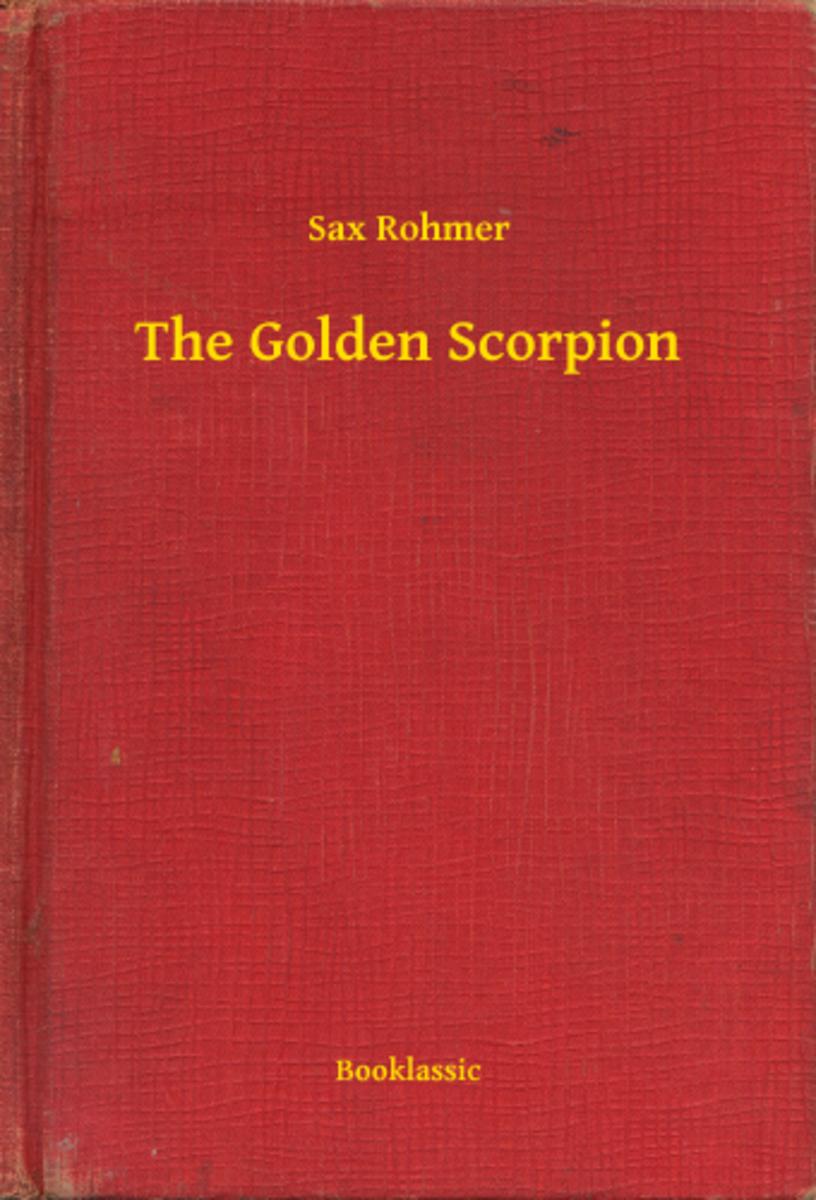
The Golden Scorpion
¥8.01
The Golden Scorpion
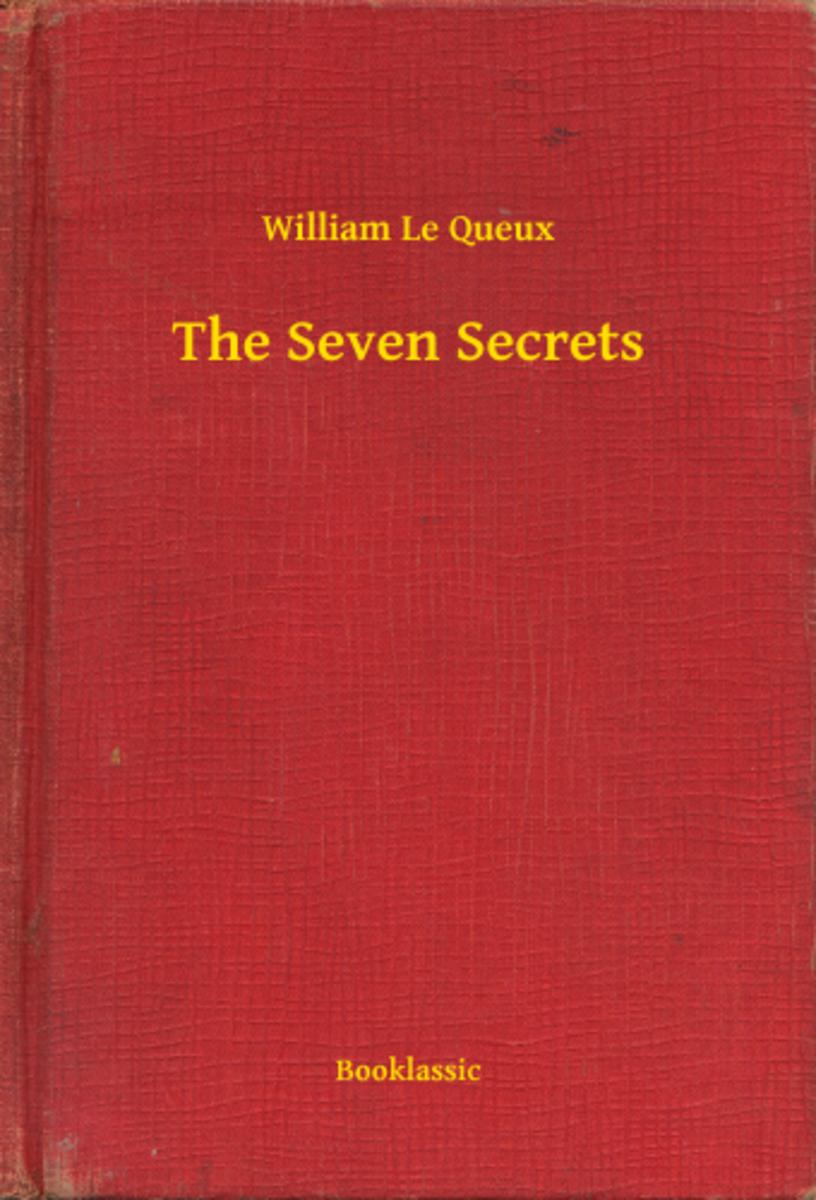
The Seven Secrets
¥8.01
The Seven Secrets

The Curious Case of Benjamin Button
¥8.01
The Curious Case of Benjamin Button




 购物车
购物车 个人中心
个人中心



